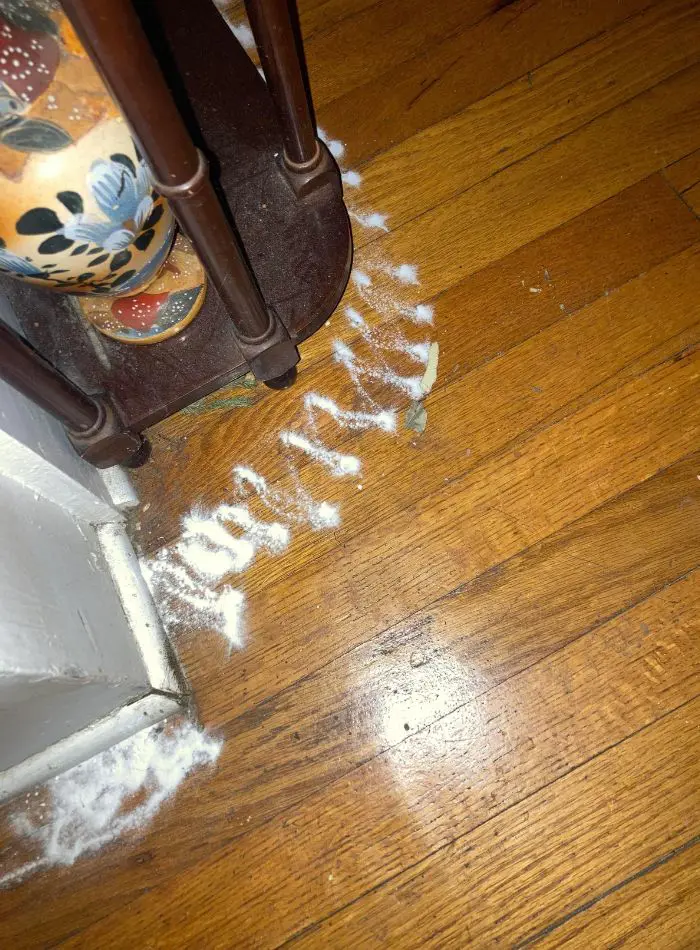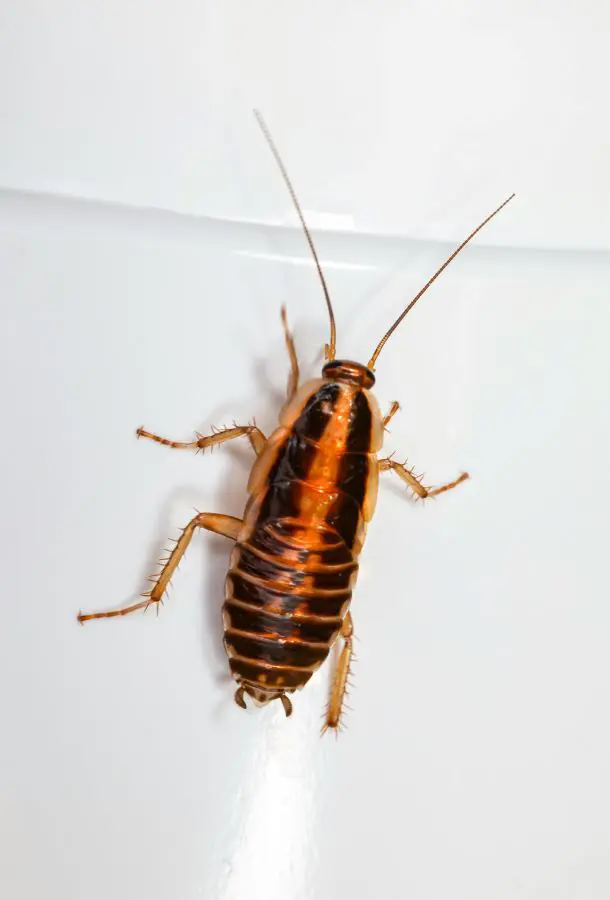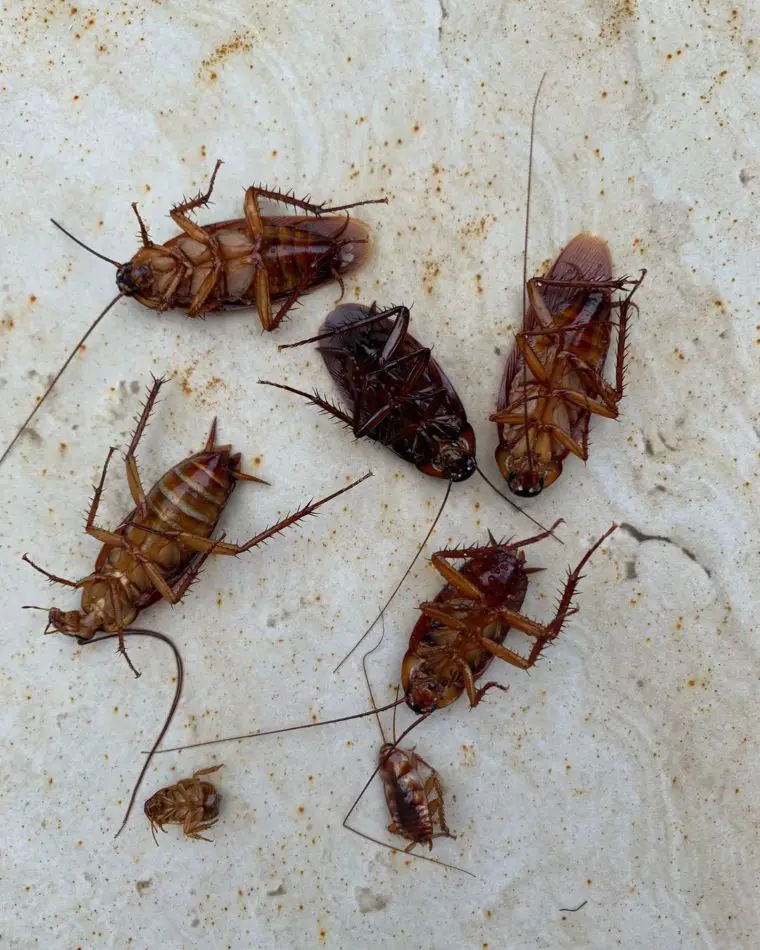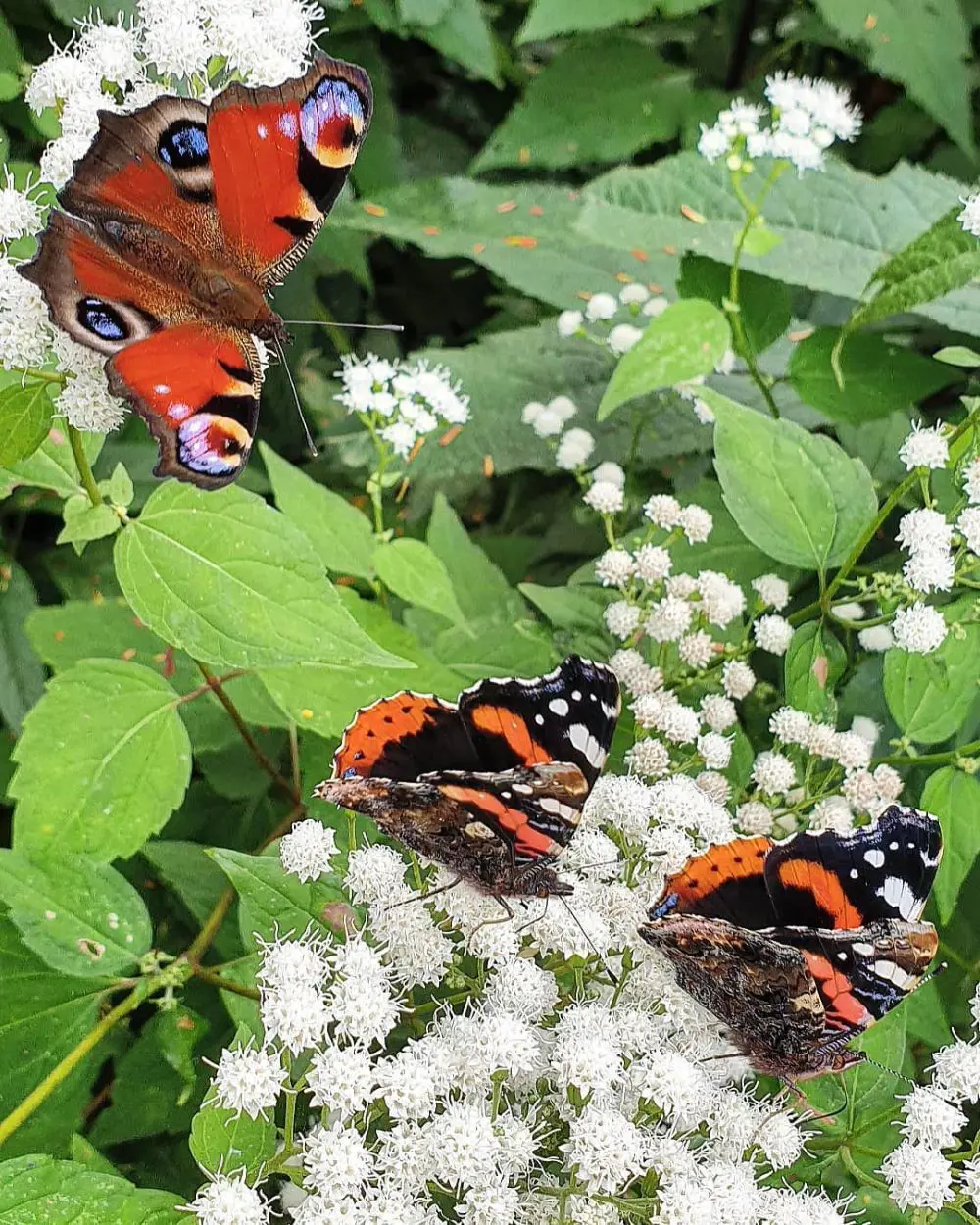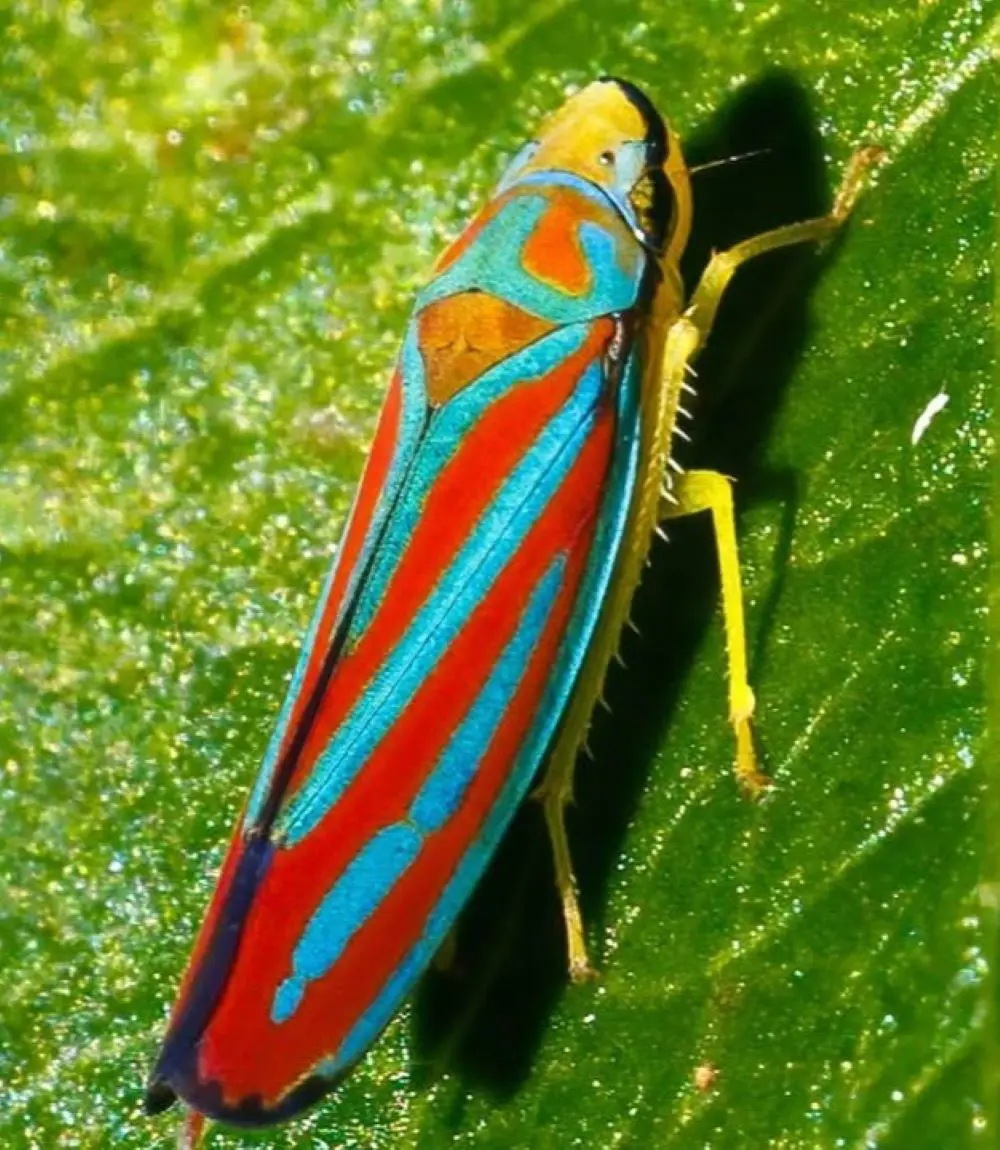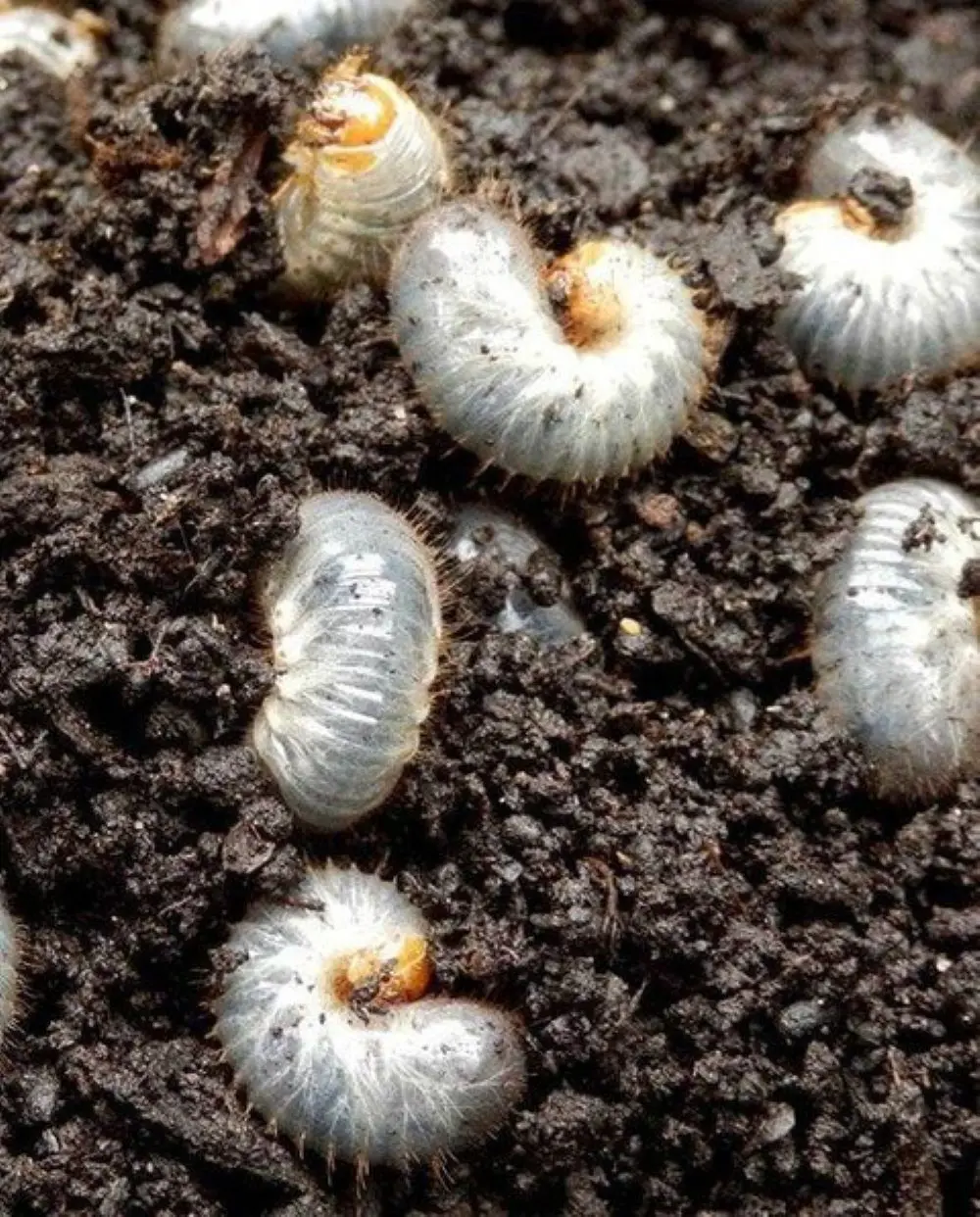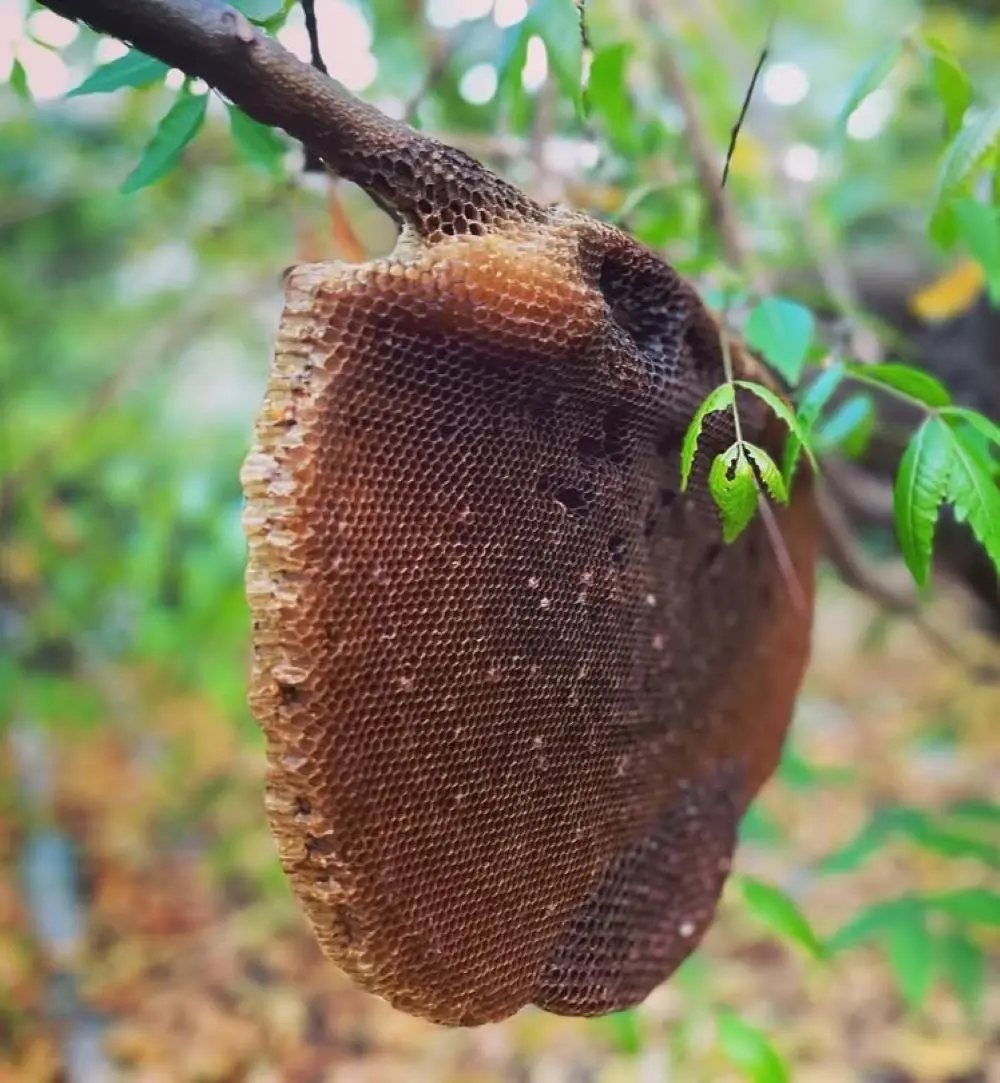How to Get Rid of Cockroaches Naturally?
While chemical solutions can be effective for eliminating cockroaches, there are also natural methods you can try for a more eco-friendly approach. Here are some key strategies to get rid of cockroaches naturally:
1. Maintain Cleanliness
Maintaining cleanliness is crucial as cockroaches are attracted to crumbs, spills, and dirty dishes. So, regularly clean your kitchen and bathroom, paying close attention to areas around the sink, stove, and refrigerator.
Don't leave dirty dishes in the sink overnight, and sweep or vacuum floors frequently to eliminate potential food sources.
2. Reduce Food and Water Sources
Cockroaches need both food and water to survive. Therefore, food should be stored in airtight containers and garbage should be disposed of regularly. Also, wipe down spills and leaks promptly to eliminate moisture sources.
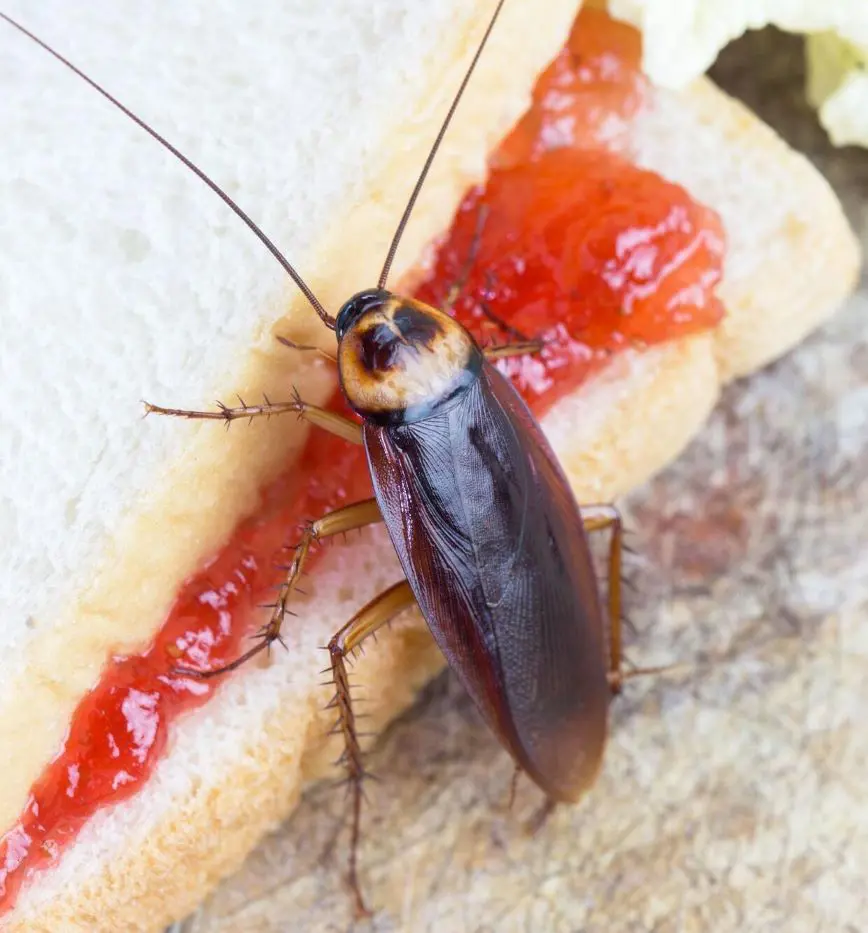
3. Seal Entry Points
Cockroaches can squeeze through tiny cracks. So, seal any cracks or gaps around your home's pipes, windows, doors, and foundation. Additionally, repair leaky faucets and eliminate any standing water sources, like pet bowls left out overnight.
4. Moisture Control
Address any moisture problems in your home, as cockroaches thrive in humid environments. Fix leaky pipes, ensure proper ventilation in bathrooms and kitchens, and use dehumidifiers in basements or crawlspaces if necessary.
5. Step on Them
While stepping on a cockroach might seem like a quick solution for a single roach, it's not an ideal long-term strategy. This method won't eliminate an entire infestation, and dead roaches can attract other insects.
However, stepping on them is one of the popular methods that answers how to get rid of cockroaches as soon as you see them in your kitchen.

